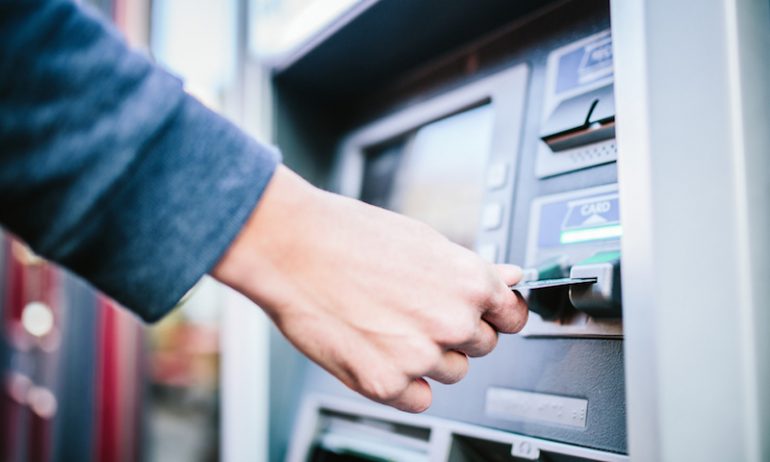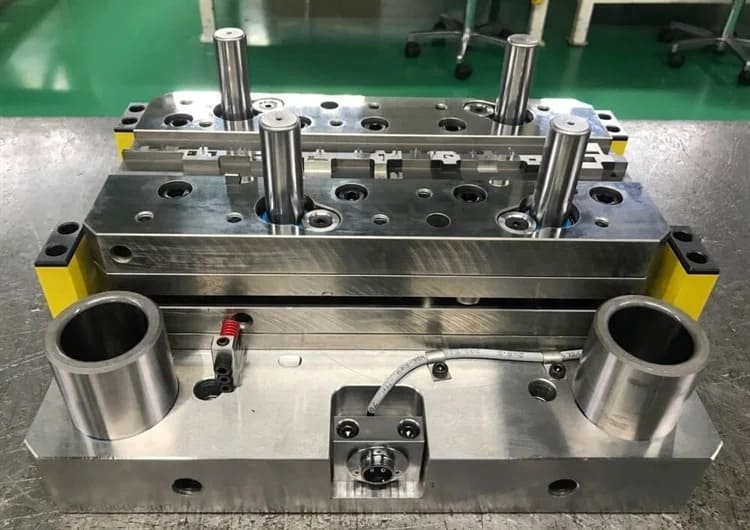When it comes to email for follow-up, there are a lot of different types that you can send. But, when it comes to follow-up emails, there are really only two types that you need to know about: the soft sell and the hard sell.
- The soft sell is the type of follow-up email that is more focused on building a relationship with the recipient. This type of email is usually shorter and doesn’t include a lot of “salesy” language.
- The hard sell is the type of follow-up email that is more focused on getting the recipient to take action. This type of email is usually longer and includes more “salesy” language.
So, which type of follow-up email should you use? Well, it depends on your goals. If you’re looking to build a relationship with the recipient, then a soft sell email is probably your best bet. But, if you’re looking to get the recipient to take action, then a hard sell email is probably your best bet. If you’re not sure which one to go with, try reading out guide at https://reply.io/follow-up-guide/.
When Should You Send a Follow-Up Email
A follow-up email is a powerful tool to keep your name in front of a prospective customer or client. But when should you send one?
The answer, of course, depends on your relationship with the person you’re emailing. If you’ve just met someone at a networking event, for example, you’ll want to send a follow-up email much sooner than if you’re trying to reconnect with an old colleague.
In general, though, it’s best to err on the side of caution and not wait too long to send a follow-up email. If you wait more than a week or two, the person you’re emailing is likely to forget who you are.
Here are a few tips for writing effective follow-up emails:
- Keep it short and sweet. No one wants to read a long, rambling email from someone they don’t know.
- Get to the point. Why are you emailing this person? What do you want from them?
- Make it easy for them to say yes. If you’re asking for something, like a meeting or a favor, be specific about what you want and why it would be beneficial for them.
- Say thank you. Even if the person doesn’t agree to meet with you or do what you’ve asked, they’ll appreciate the fact that you were polite and grateful.
Get the Responses You Want
If you take the time to follow these tips when writing follow-up emails, you’ll be sure to see better results. Not only will your recipients appreciate the effort, but you’ll also find that you get more responses and achieve your desired outcome more often.





